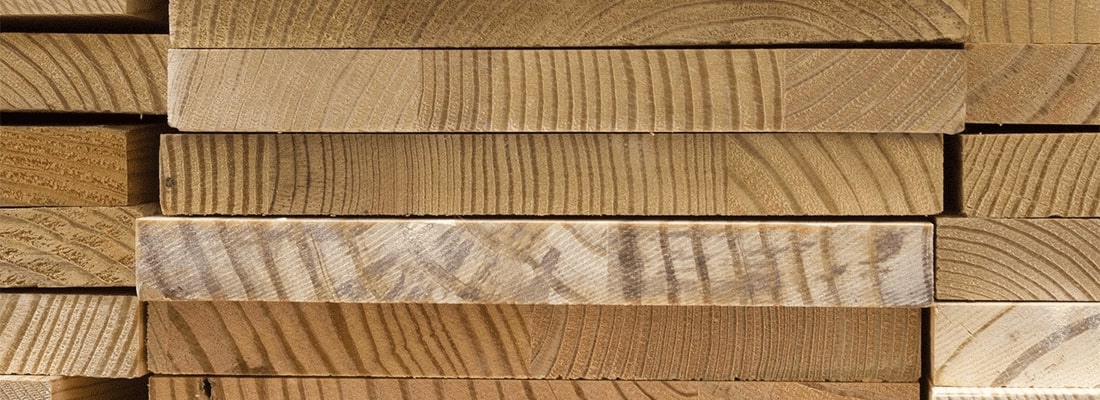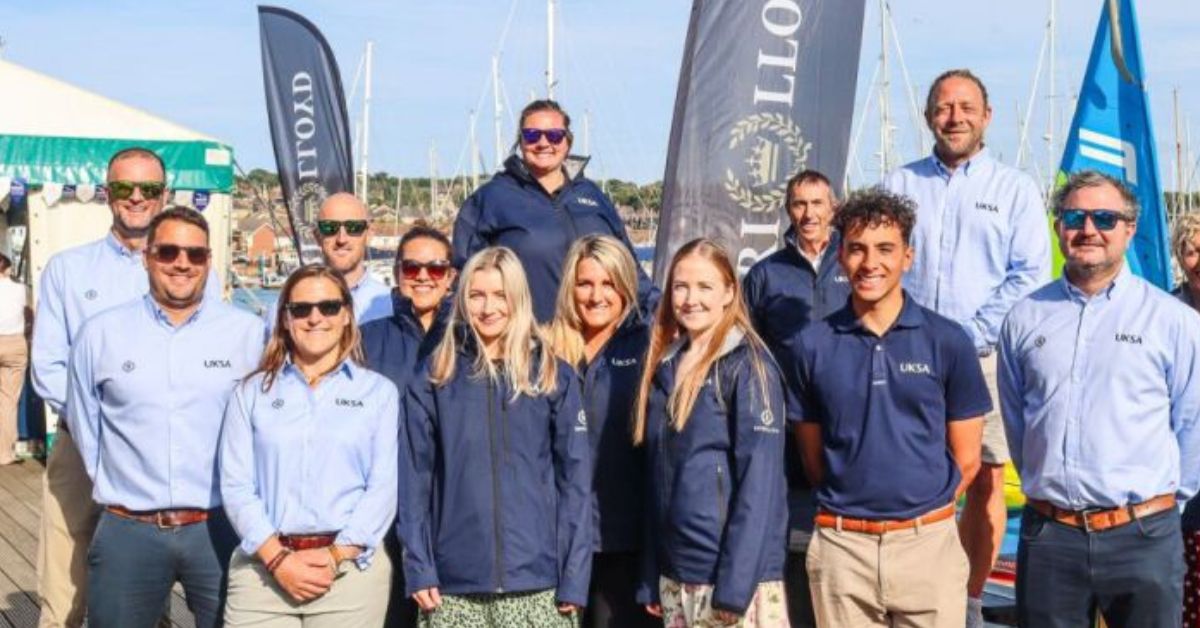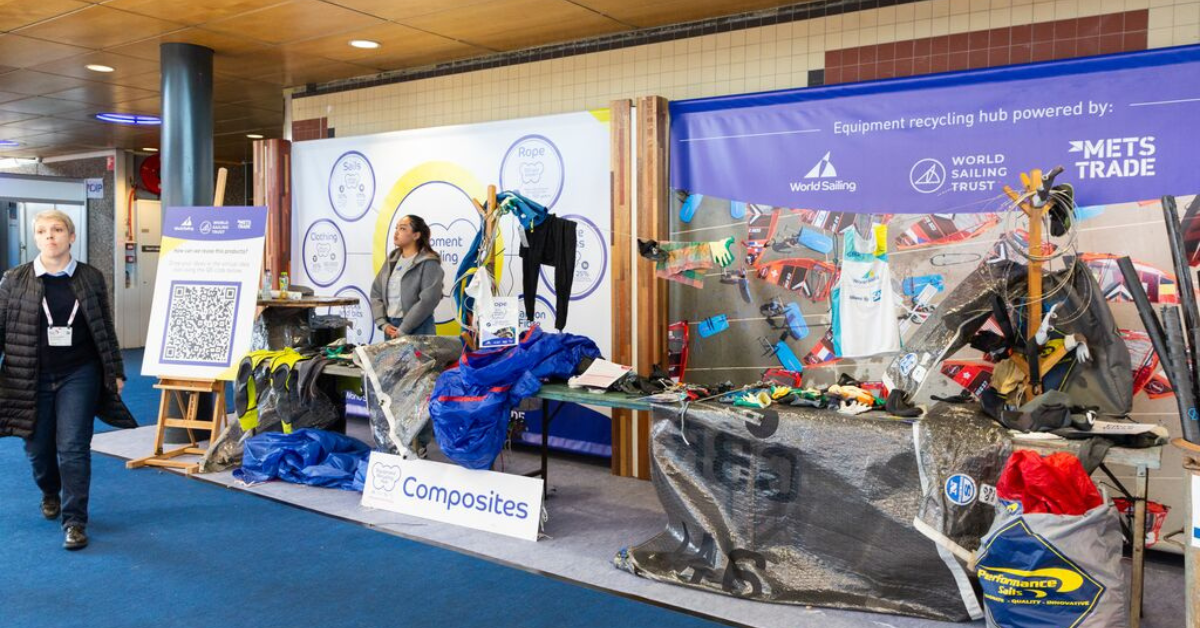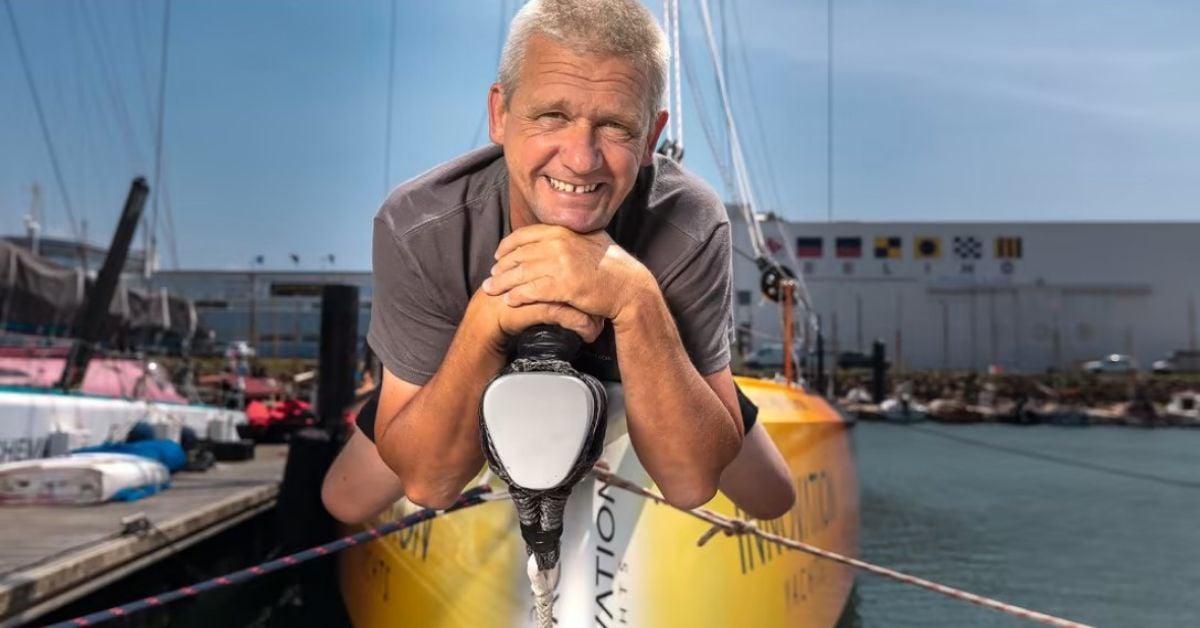Can wood make a comeback as sustainable boat construction material?
 Peter Franklin
Peter Franklin
There is no question that the search for more sustainable boat building materials is being intensified for a number of environmental reasons. Not least, because our industry is still struggling to find end-of-life solutions for millions of tons of virtually indestructible composites that have been incorporated in boat hulls since the middle of last century. The first fiberglass speedboat was constructed in the US around 1954, and before that, of course, wood was the main material of choice for most types of leisure craft.
The perfect alternative construction material from nature
Wood from trees is as natural as the earth itself, and in many ways, it is the perfect sustainable material. So, will we see it emerging as a more widely adopted alternative as the future unfolds? Writing in the European Boat Builder magazine a while back, Tony Jones summed it up perfectly: “The wish list for the ideal boatbuilding material runs something like this - needs to be strong in compression and tension, have good shear strength, be readily available at reasonable cost, have a range of physical characteristics to suit different structural requirements, be attractive with a wide variety of finishes, amenable to post production customisation, be derived from an organic and sustainable source - and be recyclable / biodegradable - Well, such a material exists, it’s called wood.”
On the negative side, it used to be arguable that wood had a tendency to biodegrade itself too soon. In fact, often before the intended life span of the boat had been reached! But now we can start to consider how much timber enhancing technology has progressed, compared with where we were half a century ago. Of course, we don’t want to be chopping down hardwood forests and contributing to further reductions in C02 absorption. However, these days we have modern processes that can enhance the durability of fast growing woods, and thus overcome many of the inherent weaknesses in timber, whilst still protecting the environment.
Woody ideas from VriThink
Vripack, the progressive Netherlands based yacht designers and naval architects, have a yearly gathering called ‘VriThink Night Out’ in Amsterdam, where a number of individual presentations are given about innovative ideas in yacht design and construction. At last year’s event, one of the presenters, Pablo van der Lugt, gave some interesting and informative insights into the (re)discovery of timber, for construction purposes in the 21st century. Pablo, who is a passionate advocate of renewable natural materials, pointed out that 40% of greenhouse gases are caused by various construction materials, and that within 100 years, the traditional oil based plastics, and ore based metals will be exhausted. He said, “none of these can be regrown, they can only be depleted!”
On the other hand, carbon is sequestrated in wood through the photosynthesis process, because trees absorb C02 and release oxygen in return, as we all know. In fact, depending on its density, 1m3 of wood may store over 1 ton of C02 for its lifetime.
The good news is that areas of reforestation in the temperate regions are on the increase, which should start to outbalance the deforestation of tropical rain forests. Particularly if a tree from a well-managed forest is responsibly harvested, and thus replaced by a new tree. Then during its use in construction applications, the CO2 is locked into the structure for the life time of the product. It then acts as a temporary carbon sink until the wood finally breaks down into its original components, including CO2.
Wood modification examples
Pablo pointed out during his presentation, that there are a variety of modification techniques being used in the market currently, which significantly improve the durability and weather / water resistance of timber for construction purposes. ‘Acetylation’ is widely acknowledged as the method of achieving the greatest performance improvements. This is a process during which the free -OH (hydroxyl) groups within the cell wall are replaced by acetyl groups, a compound which occurs naturally in unmodified timber. In simple terms, these non-toxic acetyl groups are hydrophobic, thus preventing water from swelling the wood, or from providing a food source for the fungus and attacking insects that bring about decay. The bi-product of this process is acetic acid, otherwise known as vinegar in its dilute form, which can be reused in a wide range of industries including the food industry.

Bamboo is also a very interesting option for modification to improve its durability, with giant bamboo being one of the fastest growing plants on the planet. Pablo explained that it can grow to over 20 metres within a few months, and can be self-replaced naturally and rapidly without re-planting, so that 25% of the yield can be harvested every year, without causing any deforestation. Huge amounts of C02 are absorbed by bamboo while it is growing, and within 4 years from planting it can be modified, coloured and made into laminated panels, with the same durability and appearance of a hardwood. As for its environmental credentials; it has been calculated to have a negative carbon footprint of close to minus 0.5 ton of C02 / per ton of building material produced, even after processing and transportation!
In another example, a hull is constructed from cedar strip planking, and protected by an outer skin made of linen vegetable fibre, this is impregnated and attached to the hull with organic epoxy resin. The total weight of the material is only 350 g/sqm which is about half the weight of a fibreglass structure of similar durability, and with a much lower carbon footprint.
In summary
As part of the essential transition towards a more circular economy, our industry has an opportunity to move towards smart biobased materials made from fast-growing resources such as bamboo, or from softwoods bonded and reinforced with bioresins. In some cases, these material alternatives could effectively substitute previously employed carbon intensive high performance composites. They can also replace slow-growing hardwoods, the use of which increases carbon emissions due to deforestation in tropical and sub-tropical areas.
Further reading (pdf): Carbon storage utilising timber products. By Pablo van der Lugt, MSc, PhD
Share your stories on leisure marine industry with us
Do you have an innovation, research results or an other interesting topic you would like to share with the leisure marine equipment industry? The METSTRADE website and social media channels are a great platform to showcase your stories! Let us know via metstrade@rai.nl
Are you a METSTRADE exhibitor?
Make sure you add your latest press releases to your Company Profile in the Exhibitor Portal for free exposure.


